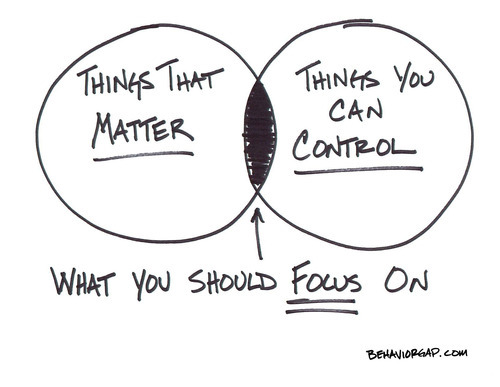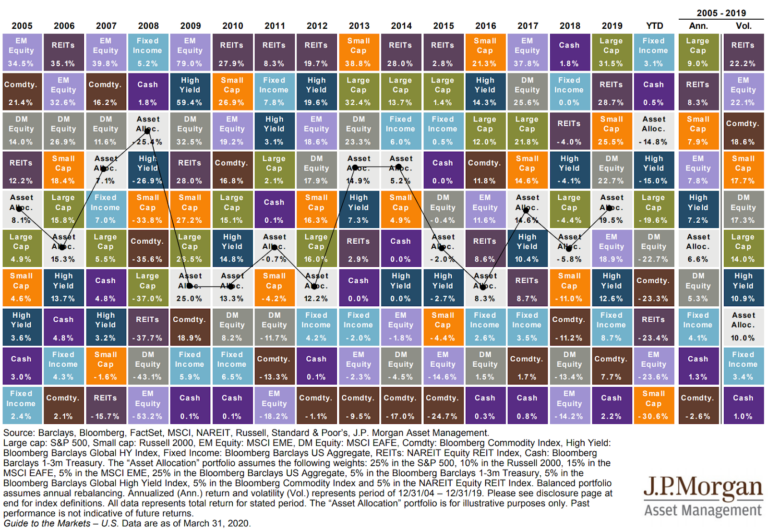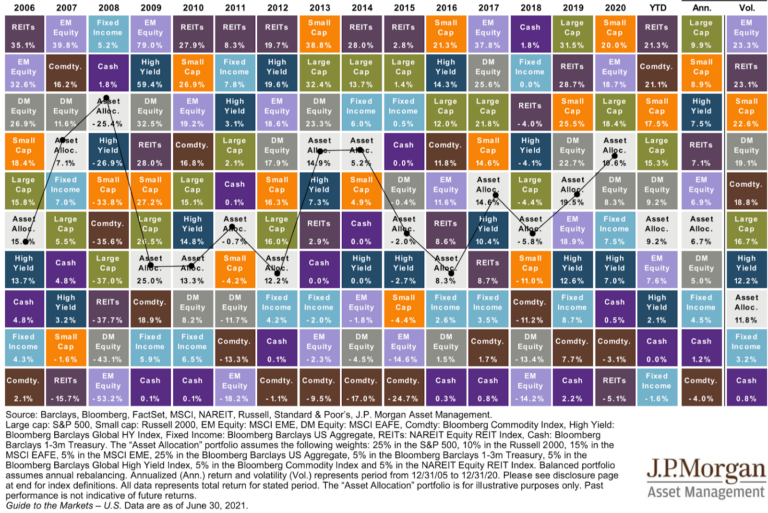$500 Billion Student Loan Forgiveness Update ($10k/$20k, New IDR Plan, 0% Interest Ending)
Student loan forgiveness has been floating around congress and the headlines for the past few decades. Until 2020, it seemed like empty promises, but since Covid-19, the student loan forgiveness train has started gaining traction. It began with pausing student loan payments and granting 0% interest rates for the past 30 months, which has saved borrowers billions of dollars on its own. And now, the Biden Administration is pushing to forgive $10,000 to $20,000 of student loans. This forgiveness plan is on track to be granted later this year, with an application deadline of 12/31/2023.
How Much Will Be Forgiven?
The Biden administration wants to forgive $10,000 for borrowers without Pell grants and $20,000 if you’ve had a Pell grant. Individuals only qualify if their income is below $125k, and married couples if their income is below $250k. These numbers are based on your AGI (Adjusted Gross Income) for 2020 or 2021, depending on your most recent tax return. Studentaid.gov says they will credit the forgiveness to qualifying borrowers without needing an application. You could do nothing and simply trust that their system will automatically apply the forgiveness based on your tax return data. However, we think it is best to apply for forgiveness proactively. There is more information on how to prepare for the application HERE.
Which Loans Qualify?
While it is a bit complicated, Melanie Lockert with The Student Loan Planner explains the high points below:
- Direct Loans This includes subsidized loans, unsubsidized loans, PLUS loans, and consolidation loans.
- Federal Family Education Loans (FFEL) FFELs held by the Department of Education (including FFEL loans in default at a guaranty agency).
- Perkins Loans Must be held by the Department of Education.
- Loans in Default This includes most loans held by the Department of Education or serviced by a commercial entity. Perkins Loans must be held by the Department of Education.
- Consolidated Loans Must be held by the Department of Education and consolidated on June 30, 2022, or earlier. FFEL or Perkins Loans not held by the Department of Education are only eligible if they were consolidated before September 29, 2022.
President Biden’s New IDR Plan
There’s also a New IDR (Income-Driven Repayment) proposal for student loan borrowers, which would include provisions such as:
- Lowering the overall payment to 5% of discretionary income instead of the current 10%-20%, depending on your program.
- Interest wouldn’t accrue above the amount you borrowed!
- The Department of Education could subtract 225% of the poverty line vs. 150% of the poverty line from an individual’s income when calculating their discretionary income. As discretionary income goes down, required monthly payments also go down.
Example:
Susie earns $65,000 gross income per year. She contributes $10k to her 401k and $3k into her HSA and receives the $12,950 standard deduction.
Her AGI is $65,000 – $10,000 – $3,000 – $12,950 = $39,050.
We would then subtract 225% of the poverty line ($30,577.50), leaving Susie with $8,472.5 in discretionary income, which we would multiply by 5% = $423.625 divided by 12 to find her monthly payment = $35.30 under this new plan. Susie would pay $35.30/mo. For 10 – 20 years, ten years if the loan amount is under $12,000. However, after 20 years, her qualifying loans would be forgiven regardless of their amount! If no variables change, Susie could pay $35.30 for the next 20 years ($8,472) and have $600,000 forgiven. I’m unsure if this $600k amount would be taxed as income like current student loan plans, excluding PSLF, or if it would be tax-free. For more information about how IDR is based on Discretionary Income, see StudentLoan.gov.
Proposed IDR Graduate School Repayment Rules
- Payments would be 10% of your discretionary income.
- The new program would use a pro-rata weighted average for your required payment if you have a mix of graduate and undergraduate debt.
- This plan also wants to end negative interest amortization; this will cause no interest to accrue on your loans above the starting balance. This plan may even remove the taxation of forgiveness after the 10-20 year forgiveness period. You can read more about this plan HERE.
How To Apply
StudentAid.gov recently released an application you can submit to be considered for forgiveness. The application link can be found HERE.
Total Cost of President Biden’s New IDR Plan
Travis Hornsby, the founder of the student loan planner, projects the cost of this IDR plan to be around $60 Billion. This will likely encourage more people to go to college who otherwise wouldn’t; I think this can be both a good and a bad thing. While it will allow more people to afford college and give breathing room to those who already attended, it will likely also encourage colleges to increase prices with even less price sensitivity. And an increase in money flowing from the government into schools could make colleges more lucrative, encouraging marketing, sports programs, and “good times” to be prioritized above practical education because they are easier to sell to 17-19 year old seniors in high school.
0% Interest rate and payment pause ending
Student loan borrowers have had a nice run at 0% interest rates and a pause on their payments for 30 months. However, the student loan pause is projected to end on 12/31/2022. While this date has a history of delays, I believe there is a good chance that payments will resume at the start of 2023. Borrowers should make sure their budgets allow for student loan payments or consider refinancing or entering a different payment plan if it improves their situation.
Expected Cost and Will The Loans Receive Forgiveness?
The expected cost of President Biden’s $10k/$20k forgiveness program is $500 Billion. If this gets in front of a supreme court, I doubt it will be granted because conservatives hold six of the nine seats. If taken away, this could create a backlash as people are already excited about it.
The PSLF waiver (which ends October 31) allows borrowers to benefit from previously disallowed qualifying payments. This flood of qualifying payments has already forgiven around $140 billion. However, the court system didn’t see and challenge these grants because of the complexity and lack of spotlight. But this $10k/$20k forgiveness could create more attention and potential lawsuits that could slow down the process.
There is a lot of money and information flowing around our nation right now, and it’s worth the effort to know what’s going on, mainly due to the sheer size of dollars moving.
- $10k/$20k student loan forgiveness = $500 Billion
- New IDR plan = $60 Billion
- PSLF Waiver = $140 Billion
- 0% Interest and payment pause = $145 Billion
- Total = $845 Billion
If you would like to stay up to date on these topics, then I recommend finding more details on The Student Loan Planner’s blog, which will be updated as more information is released.








